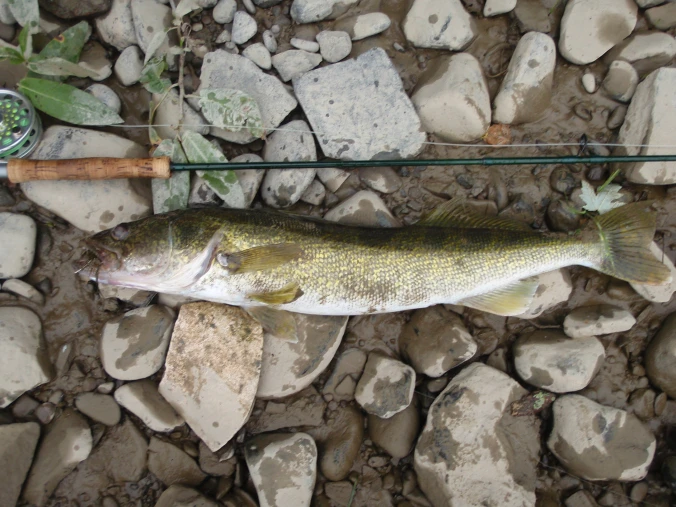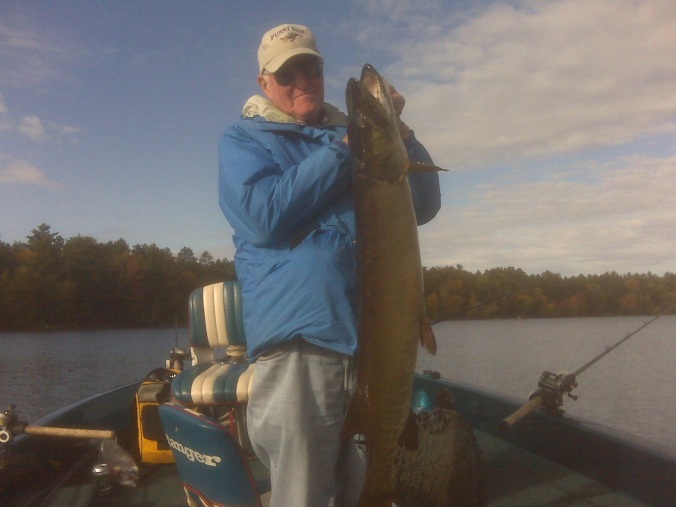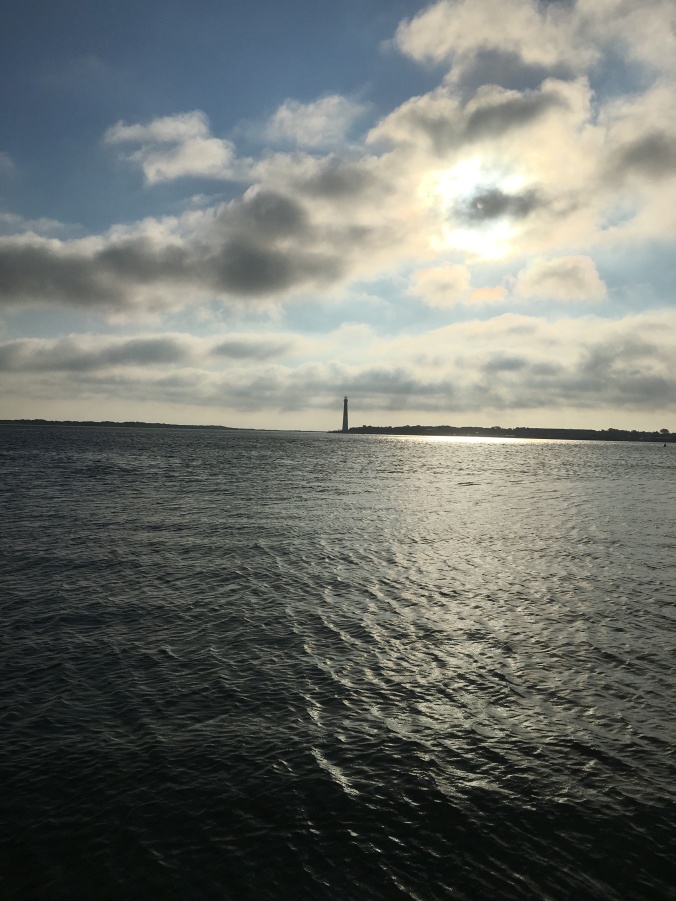On the mainland of America, the Wampanoags of Massasoit and King Philip had vanished, along with the Chesapeakes, the Chickahominys, and the Potomacs of the great Powhatan confederacy (only Pocahontas was remembered). Scattered or reduced to remnants were the Pequots, Montauks, Nanticokes. Machapungas, Catawbas, Cheraws, Miamis, Hurons, Eries, Mohawks, Senecas, and Mohegans. Their musical names remained forever fixed on the American land, but their bones were forgotten in a thousand burned villages or lost in forests fast disappearing before the axes of twenty million invaders. Already the once sweet-watered streams, most of which bore Indian names, were clouded with silt and the wastes of man; the very earth was being ravaged and squandered. To the Indians it seemed that these Europeans hated everything in nature – the living forests and their birds and beasts, the grassy glades, the water, the soil, and the air itself.
Dee Brown
Last month I enjoyed a two-day spate of good fly fishing for stocked brown trout in a small put-and-take fishery in northern Broome County. The weather was much un-like March with temps reaching the mid 60’s by late afternoon. With those afternoon highs came little black stoneflies, fluttering clumsily to lay eggs on the water, bouncing off the creek’s surface as if suspended by silly string from above.
I’ve fished Nanticoke Creek in early spring for years as a general tune-up for spring, summer, and fall fishing to follow, just as I have it’s bigger and better brother to its west, Owego Creek. It’s stocked in late March with one- and two-year-old browns, the 8″ to 10″ one-year olds far outnumbering the 12″ to 15″ two-year olds.

Nanticoke Creek runs from its headwaters near Nanticoke Lake some 22 meandering miles to where it empties into the Susquehanna River. It averages 20 feet in width and has a gravel and rubble bottom, though lower reaches can tend to silt up. It flows through forests of hardwoods and majestic hemlocks above the junction where the East Branch joins the Main Branch. Below this stretch, its environs are more typically abandoned farmland and residential areas.
Nanticoke Creek is stocked at three points along its 22-mile length. The lower stocked reach consists of half a mile of mostly featureless water from the confluence with the Susquehanna River upstream to the Route 26 bridge. This section is stocked annually with around 840 year-old brown trout and 90 two year-old brown trout. The second stocked reach runs from Pollard Hill Road upstream to Cross Road and is stocked with around 1,780 year-old and 190 two year-old brown trout. The last of the three stocked sections is the East Branch of Nanticoke Creek, from the confluence with Nanticoke Creek upstream roughly a half a mile. This reach is stocked with 170 year-old and 20 two year-old brown trout.
Nanticoke Creek is considered decent trout water above Maine, NY: the farther downstream one fishes, the warmer it gets once Spring matures. I’ve been told by conventional fishermen that the mouth at the Susquehanna can be a great place to catch large muskies, that apparently lay in wait for hatchery candy to foolishly foray into the river.

J. Michael Kelly, in his excellent book, Trout Streams of Central New York, rates Nanticoke Creek a 3 out of 5 in terms of its trout fishing appeal, noting that the creek is fished hard in Spring by Broome County residents but adding that “it’s reassuring, in this age, to encounter a decent trout stream that has so few KEEP OUT signs.” Indeed, according to the DEC, there are 1.3 miles of public fishing rights (PFR) along Nanticoke Creek and three official PFR parking areas.

By late spring the creek is largely forgotten by anglers, the stockies having been hammered for weeks, their destiny often a well-buttered skillet. Given the annual stocking Nanticoke Creek gets, there is always the possibility of a holdover. I remember one such fish reported at a TU meeting at well over 18″, but this is the exception rather than the rule.
Despite is piscatorial mediocrity; Nanticoke Creek is still worthy of respect. It is named after the indigenous Nanticokes, who by fate, were the first native Americans to have contact with Captain John Smith in 1608. While exploring Chesapeake Bay, Smith and his crew had sailed up the Kuskarawaok River. The Kuskarawaoks, later known as the Nanticokes, cautiously watched Smith’s ship from the shore, climbing into the trees for a better look. When Smith approached the shore in a boat, the Nanticoke answered with arrows. Smith prudently anchored for the night in the middle of the river.
Several Nanticokes agreed to serve as guides for Smith to continue his exploration of the Kuskarawaok, now known as the Nanticoke River. Smith described the Nanticoke as “the best merchants of all.” In Algonquian, the common Indian language of Northeastern tribes, the word Nanticoke is translated from the original Nantaquak meaning the tidewater people or people of the tidewaters.
Over time, of course, the Powhatan Tribes faced conflicts with European settlers. Some of the Nanticoke, tired and disgusted, chose to accept an offer from the Six Nations of the Iroquois in New York, Pennsylvania, and Canada. Though they were once enemies, the Iroquois promised the Nanticoke both land and protection. Starting in 1744, some individual families left in dugout canoes and traveled north up the Susquehanna River, settling near Wyoming Pennsylvania and along the Juniata River while others migrated slightly north into New York, where they established a settlement in what became the town of Nanticoke.
Someday I hope to bring my grandson to Nanticoke Creek so that he may feel the tug of a feisty brown on a fly on the swing. There we’ll spend the better part of a day in the quiet of the woods, where I’ll tell him about the indigenous people who once walked these same paths, hunting, fishing, and harvesting, far from their tidewater home. And maybe, if we listen carefully to the wind song of the hemlocks, we’ll hear them speak for themselves about the great beauty and provision that is Mother Nature, and so worthy of a future much like they enjoyed.











Recent Comments